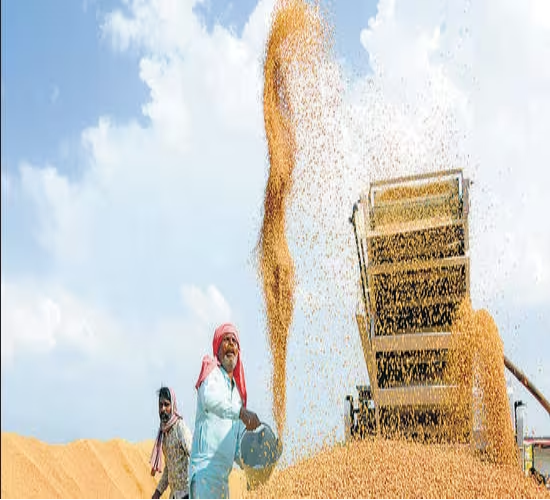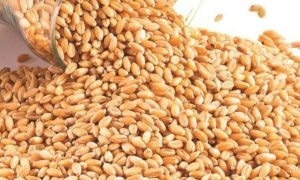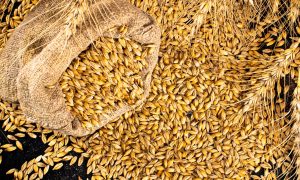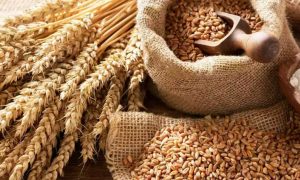Wheat output to reach 112 mn tonne during 2023-24: Centre

Output of winter-sown wheat is set to be a record 112 million tonne during 2023-24, compared to last year’s 110 million tonne, while summer-sown rice is estimated at 111 million tonne, 0.9% higher than the previous year, the Union government’s second advance estimates of foodgrains production released on Thursday showed.
The output of winter-sown rice is expected to be 12.3 million tonne, according to data. Wheat is sown in November and harvested during March-April. Spread over kharif and rabi seasons of 2023-24, total cereal output, including rice and wheat, is estimated to be 309 million tonne, the government said.
Higher food production will help put a lid on food prices, which have remained elevated this financial year partly due to the impact of extreme weather during 2022-2023. Food inflation rose 8.30% in January, compared to an increase of 9.53% in December, while rice inflation has risen to a record 15% year-on-year, according to the latest available data.
Meanwhile, the Centre has fixed a wheat procurement target of 30-32 million tonne and paddy procurement in terms of rice for rabi season in the range of 9-10 million tonne during 2024-25.
The target was fixed after deliberations with state food secretaries in a meeting chaired by Union food secretary Sanjeev Chopra in Delhi on Wednesday. The Centre has also set a procurement target of 600,000 tonne for rabi coarse grains/millets.
“After deliberations, the estimates for wheat procurement during the ensuing rabi marketing season of 2024-25 were fixed in the range of 30-32 million tonne,” the ministry said in a statement.
In the 2023-24 season, the government procured about 26.2 million tonne of wheat against the target of 34.15 million tonne. In 2022-23, wheat procurement was only 18.8 million tonne against the target of 44.4 million tonnes due to lower production.
In the meeting, the Centre asked states and Union territories to focus on procurement of millets for diversification of crops and enhanced nutrition in dietary patterns.
Estimated food production figures released on Thursday also showed output of winter-sown rapeseed and mustard, a key cooking oil, is estimated to be 12.6 million tonne, while production of tur, a pulses variety, has been pegged at 3.3 million tonne, same as last year.
The harvesting of tur is still on, which may result in changes in future estimates. The government comes out with four quarterly projections of food output. The production of gram is estimated at 12.1 million tonne, marginally lower from previous year’s production but higher than the five-year average. Output of lentil (masur) is estimated at 1.6 million tonne, higher than the previous year’s 1.5 million tonne.
The government has been battling high food inflation for much of the current fiscal year, prompting it to ban the export of rice, wheat and onion to boost local supplies. The Centre has ramped up output of basic staples under its subsidised Bharat brand to reach consumers directly in an attempt to control prices, especially of cereals, ahead of the parliamentary elections due in May, officials have said.
The Union food ministry has prepared a “heat map” of the country collating inflation data to identify centres where cereal prices are elevated where it will target its products, one of the officials said.
The Food Corporation of India (PCI) buys wheat and paddy at minimum support prices (MSP) and distribute it to nearly 800 million beneficiaries of the National Food Security programme free of cost. At the beginning of each marketing season, the procurement targets are set by the Centre in consultation with states and the FCI.
Source Link: https://www.hindustantimes.com/india-news/wheat-output-to-reach-112-mn-tonne-during-2023-24-centre-101709235282776.html














